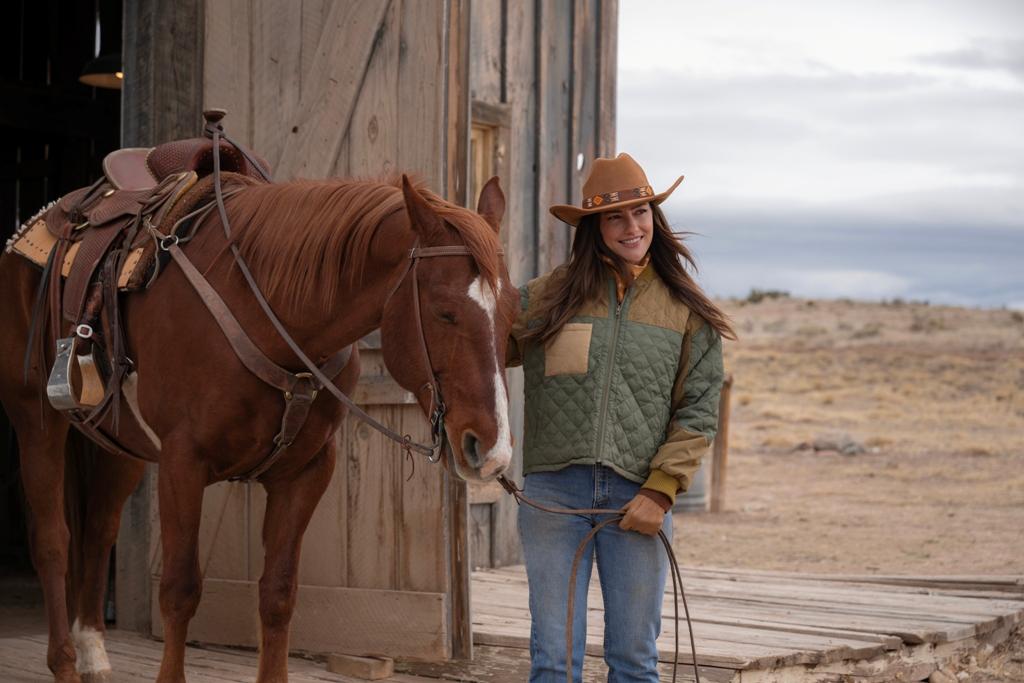Ron Howard is one of the rarest persons of his type in the movie business. Very few child actors make the successful transition to teen roles, and even fewer make it to professional adulthood.
Howard went from Opie in “The Andy Griffith Show” to Richie in “Happy Days” seemingly overnight, and in 1977, before his run on the latter show ended, he co-wrote, starred in, and directed his first feature (“Grand Theft Auto”).
A Technical Marvel
Based on the Tham Luang cave rescue that gripped the globe, “Thirteen Lives” is a thematic glove-fit for Howard, and it has many great things going for it.
The production, set, and sound designs are impeccable, as is the editing and cinematography; all of it is Oscar-worthy stuff. Crafting a yarn that is so dank and claustrophobic to look and sound so glorious was no mean feat. Howard surrounded himself with some of the most talented technical people in the film industry.
On June 23, 2018, after practice, a dozen adolescent Thai soccer players and their coach thought that a great way to celebrate one of their birthdays would be to enter a local cave. After descending more than two miles underground, early-season monsoon rain began and quickly flooded their only escape route.
England to the Rescue
Veteran British divers John Volanthen (Colin Farrell) and Richard Stanton (Viggo Mortensen) were able to swim into the cave far enough to actually see the trapped boys, and then make their way back to begin working on a way to get them out.In tandem with fellow divers Chris Jewel (Tom Bateman) and Australian anesthetist Richard Harris (Joel Edgerton), Volanthen and Stanton opted for the plan offering the lowest possibility of failure.
The above events take up most of the movie’s first half. While it’s informative, it’s also something of a languid and static snooze. There’s a lot of diver and aquatic “inside baseball” jargon tossed about, which most laypeople won’t, or care to, understand.

No Forced Political Correctness
There are a few critics who’ve declared “Thirteen Lives” as the latest in a string of “white savior” movies: productions where Caucasian characters come to the rescue of nonwhite people who are incapable of saving themselves.They can think what they like, but the fact remains that five Caucasian men rescued 13 Asian males.
Although the racial makeup of the cast accurately reflects the ethnicities of the real people involved in the ordeal, the filmmakers, perhaps without even trying to do so, gave this largely bogus white savior theory some degree of weight by putting disproportionate emphasis on the foreign white divers instead of those they are saving.
Had more time been spent with the boys and their coach, whose deteriorating physical and mental health is barely addressed, the stakes and the emotional hooks would have been off the chain.
These nitpicking complaints are not wholly without merit and could have been avoided had Oscar-nominated screenwriter William Nicholson (“Shadowlands,” “Gladiator”), working from a story by himself and Don Macpherson, made a greater effort to give more than just a handful of other Thai characters some degree of back story, memorable personality, or anything resembling substantial dialogue.
Being mere incidental and interchangeable characters in their own story is probably not how those who were there remember the events.
In addition to practically everyone knowing how it ends going in, the movie (however enthralling, feel-good, and inspirational it is) is the third feature film released in the last four years covering the exact same subject manner.
However, knowing the eventual outcome of the astronauts in Howard’s “Apollo 13” didn’t hurt its performance, critical reception, or awards-season notices.

No Shortage of Different Versions
While easily the weakest of the three films in terms of overall quality, the film is bolstered in believability because it includes divers from the actual event.Even more realistic is the documentary “The Rescue” (2021) from directors Jimmy Chin and Elizabeth Chai Vasarhelyi, which received universal critical acclaim and audience praise; however, both it and “The Cave” were low-budget affairs from boutique studios with next to no budget for promotion and advertising, and both tanked at the box office.
Sunny Side Up
Howard is not a doom-and-gloom kind of director; he prefers light and upbeat. This is not a slam by any means. Making high-quality, commercially appealing, inspirational films isn’t as easy as it might appear.Most people want happy endings and go out of their way to avoid depressing or downbeat movies. The closest Howard has ever gotten to depressing was with “The Missing” (2003), which, not surprisingly, was one of the worst-performing and least well-received movies of his career.
Quality wise, “Thirteen Lives” falls somewhere above the middle of the pack in Howard’s filmography. It’s not “Apollo 13,” but it is his best live-action effort in the last decade. That’s nothing to sneeze at.






